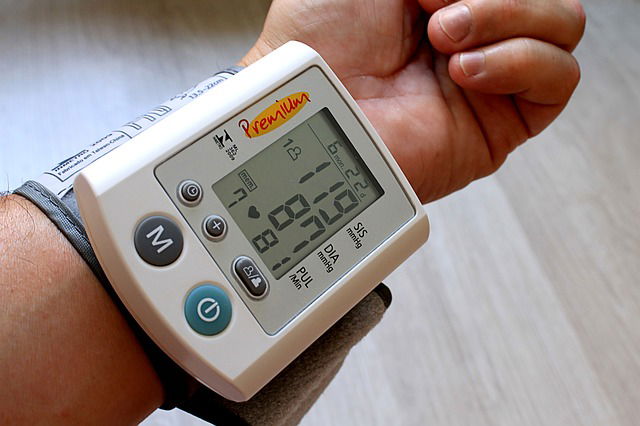
In a new paper, researchers suggest that doctors could improve the care of high blood pressure by relying more on home blood pressure (BP) checks and not so much on the less-accurate office BP assessments.
The paper was done by health care quality experts from The University of Texas Health Science Center at Houston (UTHealth).
The researchers said that as the evidence in favor of HBPM (home blood pressure monitoring) continues to accumulate, it is time to update how the quality of hypertension care is evaluated and reported.
A reason for the blood pressure disparities is a phenomenon called the “white coat syndrome.”
This is because many people get nervous when they see a doctor or a nurse, and their blood pressure goes up.
The result is that doctors may be prescribing treatments for problems that may not be as bad as they appear in a doctor’s office.
Because 10 to 50 percent of patients with high office BP readings have normal readings at home, the team would like to see doctors confirm their diagnosis and monitor treatment with home devices.
There are many types of home blood pressure monitors—some of which relay results over the internet.
High blood pressure increases the risk of a host of health issues including heart attack, stroke, chronic heart failure and kidney disease.
Worse yet, one in five adults with high blood pressure does not know they have it.
More than 360,000 American deaths in 2013 included high blood pressure as a primary or contributing cause, which comes out to about 1,000 a day, according to the Centers for Disease Control and Prevention.
Other benefits of home testing, according to the authors, include giving doctors additional information to analyze, reducing the need for clinic visits and getting patients more involved in their care.
On the downside, patients could misuse the home devices and provide their caregivers with inaccurate information, the authors wrote.
In addition to helping clinicians make more informed decisions, expanding the use of home blood pressure monitoring would help health care organizations evaluate the quality of care they provide and the health risks of their patients, the authors wrote.
The paper is published in the journal JAMA.
Copyright © 2018 Knowridge Science Report. All rights reserved.
Source: JAMA.



